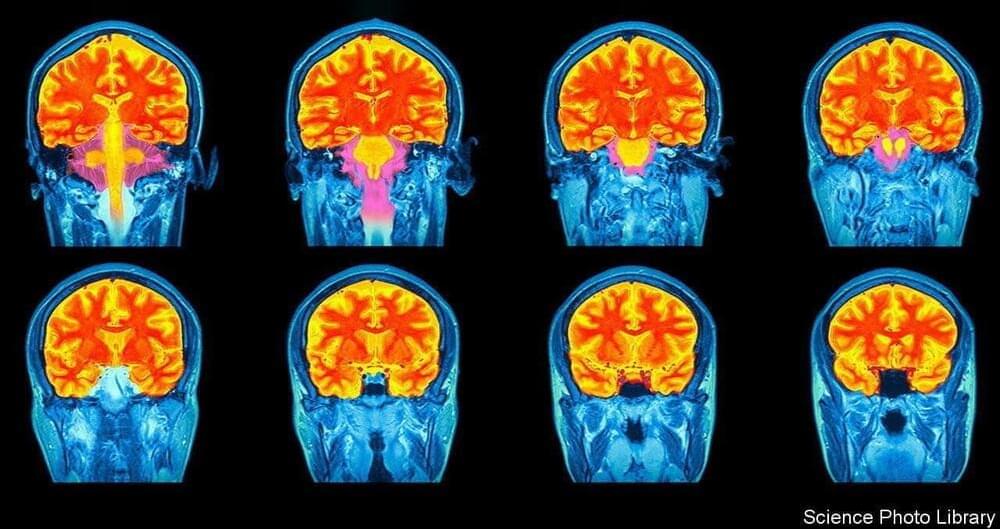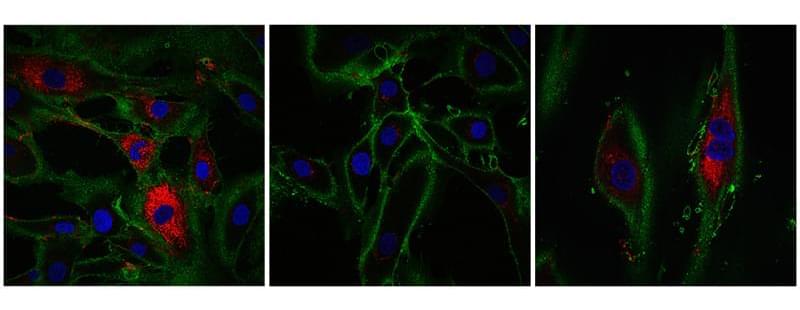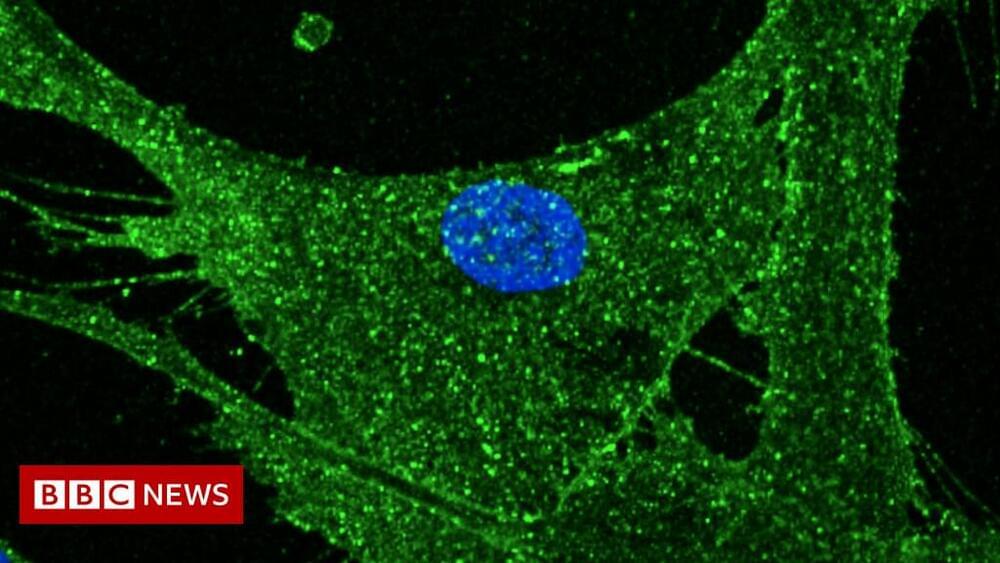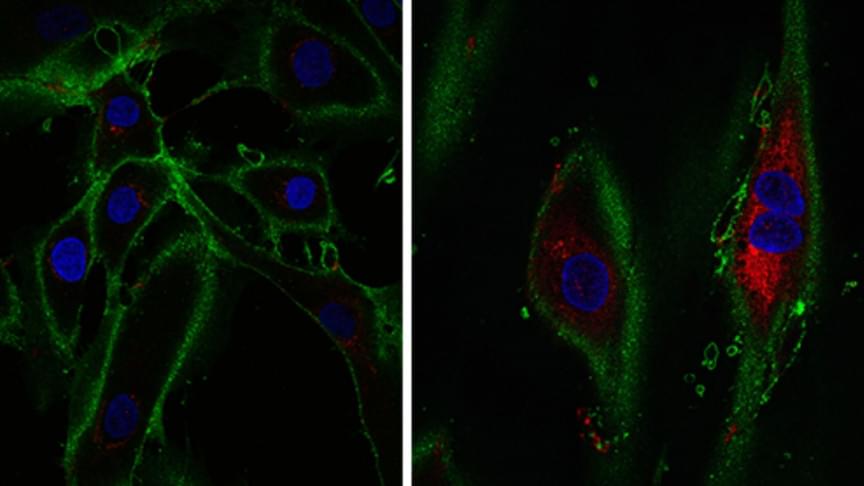They could become a useful tool in tracking healthy (and unhealthy) ageing | Science & technology.



A new supplement that stimulates a natural body process also promotes muscle recovery in humans. New research indicates that urolithin A can play an important role in improving muscles and prolonging activity – this is especially important as muscles decline with age, exposing us to the dangers of frailty.
Longevity. Technology sponsored content: As fast as we are unlocking the secrets of urolithin A we are also discovering obstacles. Urolithin A boosts mitochondrial and muscle function for sure, but it’s a metabolite, meaning it is made by the body from raw materials that we get from fruits, especially pomegranates; however, not everyone can make sufficient quantities of this antiaging molecule, and that’s where Mitopure steps in.
It seems to be universally accepted that the older we get, the more easily we get tired and the less energy we have – but perhaps it doesn’t have to be this way. The secret lies in our mitochondria, tiny organelles that pack a mighty punch when it comes to energy production. These minute powerhouses take oxygen and glucose and create a chemical called adenosine triphosphate (ATP) and this is the energy our bodies use for movement, growth and repair.

Not a solution, but a positive and interesting step. 2 mins.
Researchers have rejuvenated a 53-year-old woman’s skin cells so they are the equivalent of a 23-year-old’s.
Scientists in Cambridge believe that they can do the same thing with other tissues in the body which could lead to treatments for age-related diseases such as diabetes, heart disease and neurological disorders.
The technology is built on the techniques used to create Dolly the cloned sheep more than 25 years ago.
Please subscribe HERE http://bit.ly/1rbfUog.

The researchers looked at multiple measures of cellular age. First, they used the epigenetic clock, where chemical tags throughout the genome indicate age. Secondly, they looked at the transcriptome, all the gene readouts produced by the cell. By these two measures, the reprogrammed cells matched the profile of cells that were 30 years younger, compared to reference data sets. In other words, cells from a woman of 53 now appeared like those of a woman aged 23.
The potential applications of this technique are dependent on cells not only appearing younger, but functioning like young cells too. Fibroblasts produce collagen – a molecule found in bones, skin tendons, and ligaments, helping provide structure to tissues and heal wounds. In this study, the rejuvenated fibroblasts produced more collagen proteins compared to control cells that did not undergo the reprogramming process. Fibroblasts also move into areas that need repairing. Researchers tested the partially rejuvenated cells by creating an artificial cut in a layer of cells in a dish, seen in the video below. The treated fibroblasts moved into the gap faster than older cells. This is a promising sign that one day this research could eventually be used to create cells that are better at healing wounds.
In the future, this research may also open up other therapeutic possibilities; the researchers observed that their method also influenced other genes linked to age-related diseases and symptoms. The APBA2 gene – associated with Alzheimer’s, and the MAF gene with a role in the development of cataracts – both showed changes towards youthful levels of transcription.



In a new trial conducted by the University of Cambridge, scientists were successfully able to de-age human skin cells by 30 years.
With age, the ability of cells to function properly declines. As a result, the NDA blueprint of people starts to accumulate signs of aging.
Researchers have used regenerative biology to create ‘’induced’’ stem cells and produce fibroblasts that generates collagens that heal wounds and provide structure to tissues.

A team of researchers have found a way to “time jump” cells back 30 years. A team of researchers at the Babraham Institute, a partner organization of the University of Cambridge, UK, have made a breakthrough in regenerative medicine. Just published in the journal eLife, the team shows how they managed to turn back the clock 30 years for human skin cells.
A new regenerative medicine technique has been developed that can make old human cells 30 years younger without losing specialization.
Dr Fossel talking about dementia, telomeres, and clarifying some experimental myths.
Foresight Biotech & Health Extension Meeting sponsored by 100 Plus Capital.
Program & apply to join: https://foresight.org/biotech-health-extension-program/
Michael Fossel, Telocyte.
Aging: Understanding it, Reversing it.
Michael Fossel is Founder and President of Telocyte. He served as the executive director of the American Aging Association, has published more than 100 articles, books, and chapters on age-related disease and the potential for effective intervention via gene therapy, as well as have served as both an advisor to and board member for several biotechnology companies prior to Telocyte.
Join us: